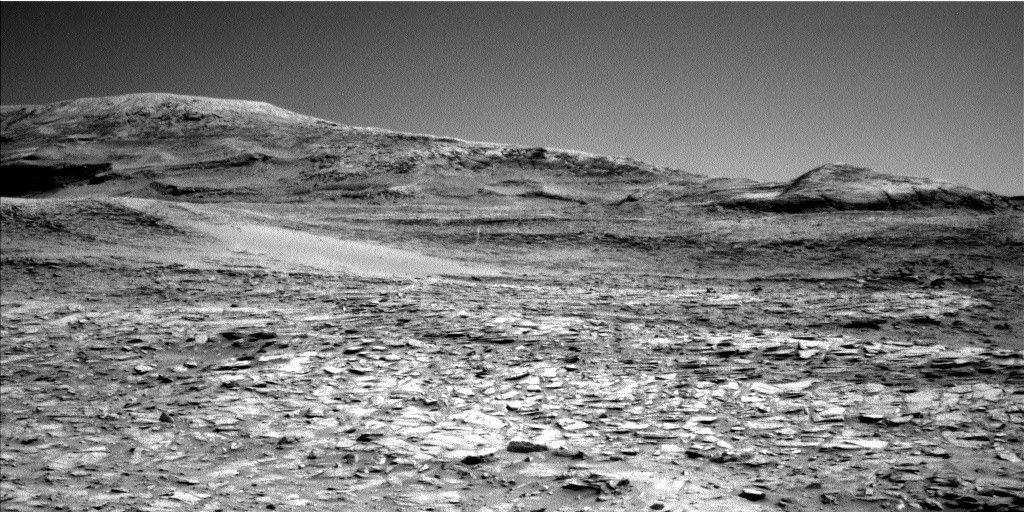It takes careful planning to manage the rover’s battery and power, much like we all manage our cell phone batteries and try to keep them charged. But we have to plan several sols ahead. The analogy would be if we had to plan ahead three days when we wanted to stream a TV show on our phone and knowing we’d only be able to charge it that day from 7-8 a.m. Usually when we plan a SAM activity (this is a recent Mastcam image of the SAM inlet covers), like yesterday, we expect a power “gift” in the next sol where SAM does not use as much power as we budgeted. Yesterday, that was not the case, and combined with late changes to yesterday’s plan, we came into today’s plan with 5% less power than expected. That’s a difference you likely never notice for your cell phone, but that was enough to drastically reduce our extra science time today. We managed to still fit in a ChemCam long-distance image mosaic, but otherwise are limited to our drill campaign activities where we will dump the remaining powdered rock in the drill onto the surface and conduct contact science on it with MAHLI and APXS.
Written by Scott Guzewich, Atmospheric Scientist at NASA's Goddard Space Flight Center

































